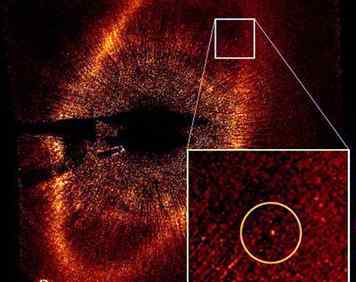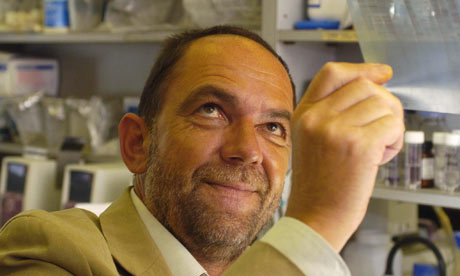 From Live Science:
From Live Science:This Week's Question: I've been told I should exercise more, but I'm afraid that at my age (73) I might damage something. Am I safer as a couch potato?
All the current scientific evidence shows that geezers should exercise, even though many older people think it could harm them. Study after study demonstrates that seniors hurt their health a lot more by being sedentary.
If you're inactive, you deteriorate. Physical activity can help restore your capacity. Most older adults, regardless of age or condition, will benefit from increasing physical activity to a moderate level.
Read more ....


















